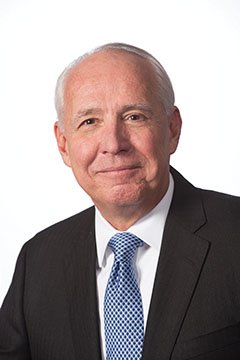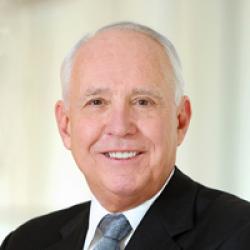
When I was a medical student and resident, the culture of academic medicine was hierarchical and individualistic. This culture made it difficult to acknowledge and understand the problems that were leading to stress and burnout among learners, educators, and practicing physicians and scientists. It saddens me to think about how we tolerated corrosive and disrespectful interactions, assuming they were natural for a profession that is stressful and an educational process that is rigorous. Too often, the line between demanding excellence and demeaning individuals was crossed, and no one said a word.
These days, we are beginning to realize the price of detrimental learning environments on trainees, allied health team members, faculty, patients, and our entire profession. In 2015, Tait Shanafelt, MD, and colleagues at the Mayo Clinic published an update to a previous study, finding that the number of physicians reporting symptoms of burnout had risen to 54%, increasing by nearly 10% in just three years.1 Many of these problems start in medical school, graduate school, and residency. Another recent study presents evidence that, despite lower incidence of burnout and depression before beginning medical school, medical students show higher rates of burnout and depression by the end of the four years than do their peers in other professions.2 While resilient young people are choosing to attend medical school, the daily stress of our profession is taking its toll. Clearly, we must do a better job of giving students and residents, as well as graduate students and researchers, strategies to strengthen their resilience.
As the research into physician burnout becomes clearer, the AAMC has been working with stakeholders to drive cultural change across the academic medicine community. Many factors contribute to this problem, such as increasing administrative burdens, struggles with work-life balance, payment and reimbursement issues, and the competing demands of clinical care, teaching, and research. But the crisis of burnout may begin with how physicians and scientists are treated when they are learners and how they witness their mentors treating other health professionals. Working with groups of key constituents, the AAMC recently published two compacts between students and educators: Compact Between Postdoctoral Appointees and Their Mentors and Compact Between Biomedical Graduate Students and Their Research Advisors. These new compacts were published alongside the re-release of a third publication, Compact Between Resident Physicians and Their Teachers. These documents provide guiding principles to support the development of positive relationships between learners and educators and to initiate discussions at local and national levels about learner and educator relationships. They offer guidelines for a high-quality learning experience—including shared accountability, conscientiousness, respect, trust, and encouragement—that are not only timeless, but especially relevant for learners and educators trying to ensure robust and quality education in a health care system that is undergoing profound transformation.
The AAMC is committed to improving the learning environment not only to combat the problems of burnout and depression in health care, but also because a strong system of medical education across the continuum remains central to our overarching mission to improve the health of all.
Our hope for these compacts is that they will provide an anchor to our core values, for both learners and educators, in this time of tremendous change. The community of academic medicine faces many challenges—from uncertainty about the future of health legislation, to addressing health inequity, to securing funding for all three of our mission areas. As our system changes around us, we must acknowledge that the realities of learning in the 21st century are changing, too. When I was a medical student, I was responsible for memorizing as many facts as I could.
Yet with the rapid acceleration of medical knowledge over the last several decades, teaching today’s medical students everything they would need to know for their entire careers would be impossible. New models of learner interaction are emerging to improve competency-based education, including flipped classrooms, team-based learning, interprofessional education, and virtual learning. But while learning methods may be changing, our core values are not. The AAMC is committed to improving the learning environment not only to combat the problems of burnout and depression in health care, but also because a strong system of medical education across the continuum remains central to our overarching mission to improve the health of all.
Our goal is to create respectful, inclusive, and robust learning environments that will help develop and sustain a professional, capable, and diverse health care workforce to meet the health needs of our nation. As we celebrate Match Week with fourth-year medical students across the country, I am encouraged by the educators and leaders in academic medicine who are actively working to train our next generation of physicians to be resilient, compassionate, and competent caregivers. I am gratified to see many throughout our community, including students and residents themselves, begin to recognize the toll of a negative learning environment. While we still have strides to make, I am optimistic that our efforts to improve the learning environment are an important first step to solving the crisis of burnout in our profession and training a resilient generation of physicians and scientists.
1 Shanafelt et al. Burnout and satisfaction with work-life balance among US physicians to the general US population. Arch Intern Med. 2012;172(18):1377-1385. Shanafelt et al. Changes in burnout and satisfaction with work-life balance in physicians and the general US working population between 2011 and 2014. Mayo Clin Proc. 2015;90(12):1600-1613.
2 Brazeau et al. Distress among matriculating medical students relative to the general population. Acad Med. 2014;89(11):1520-1525.
